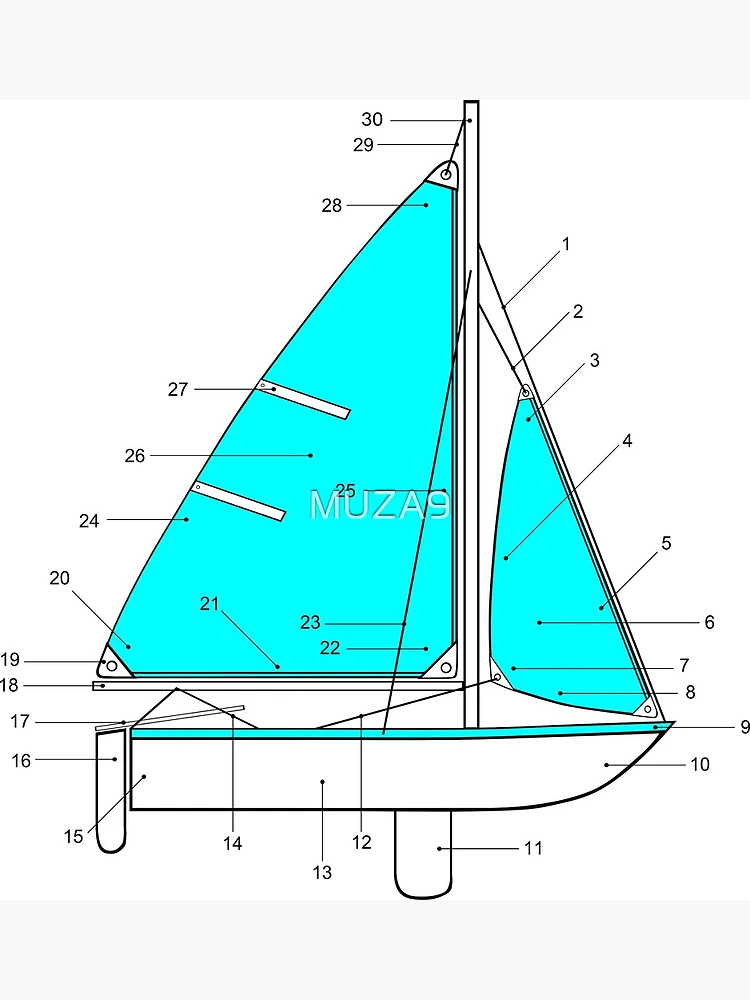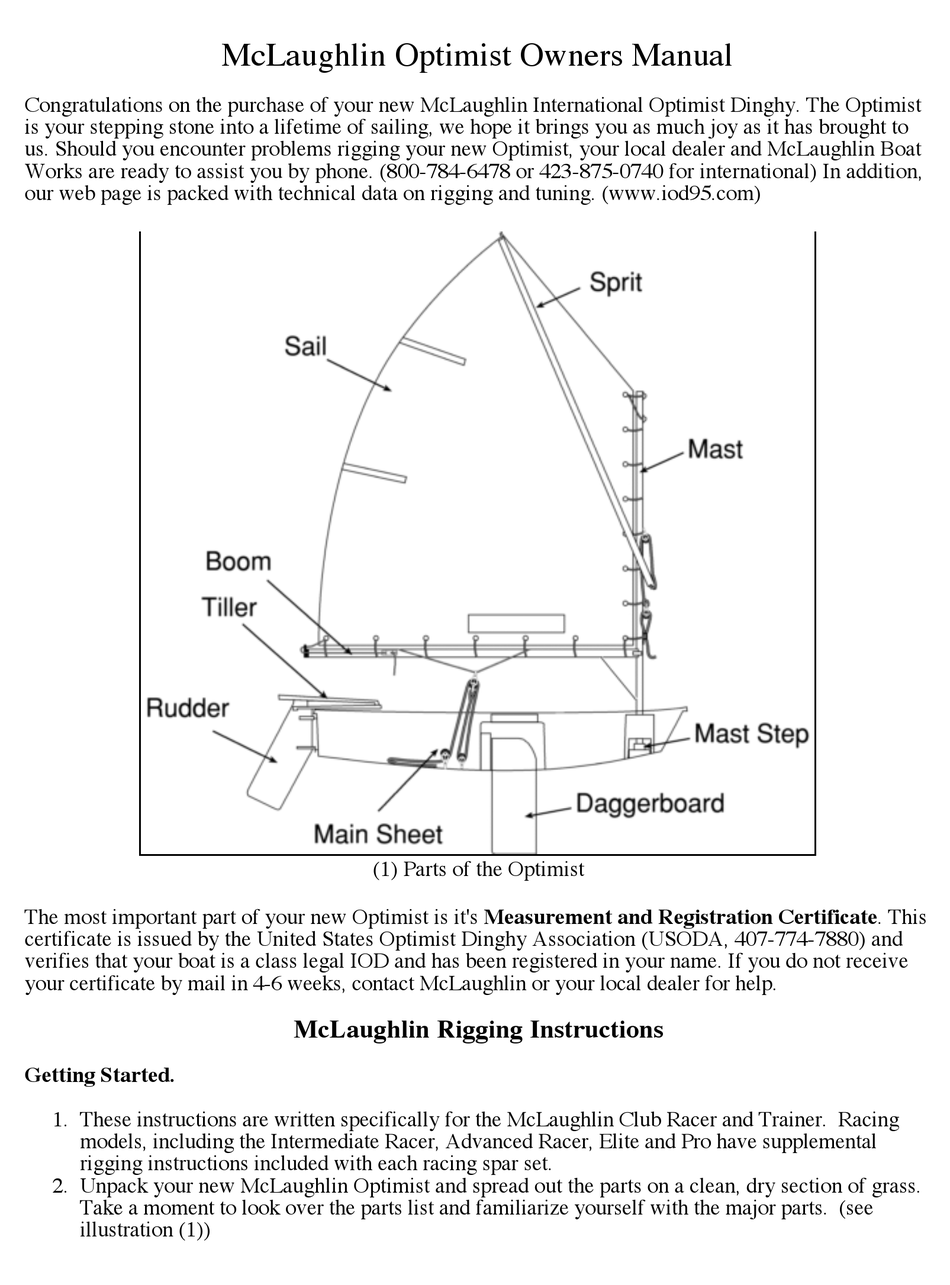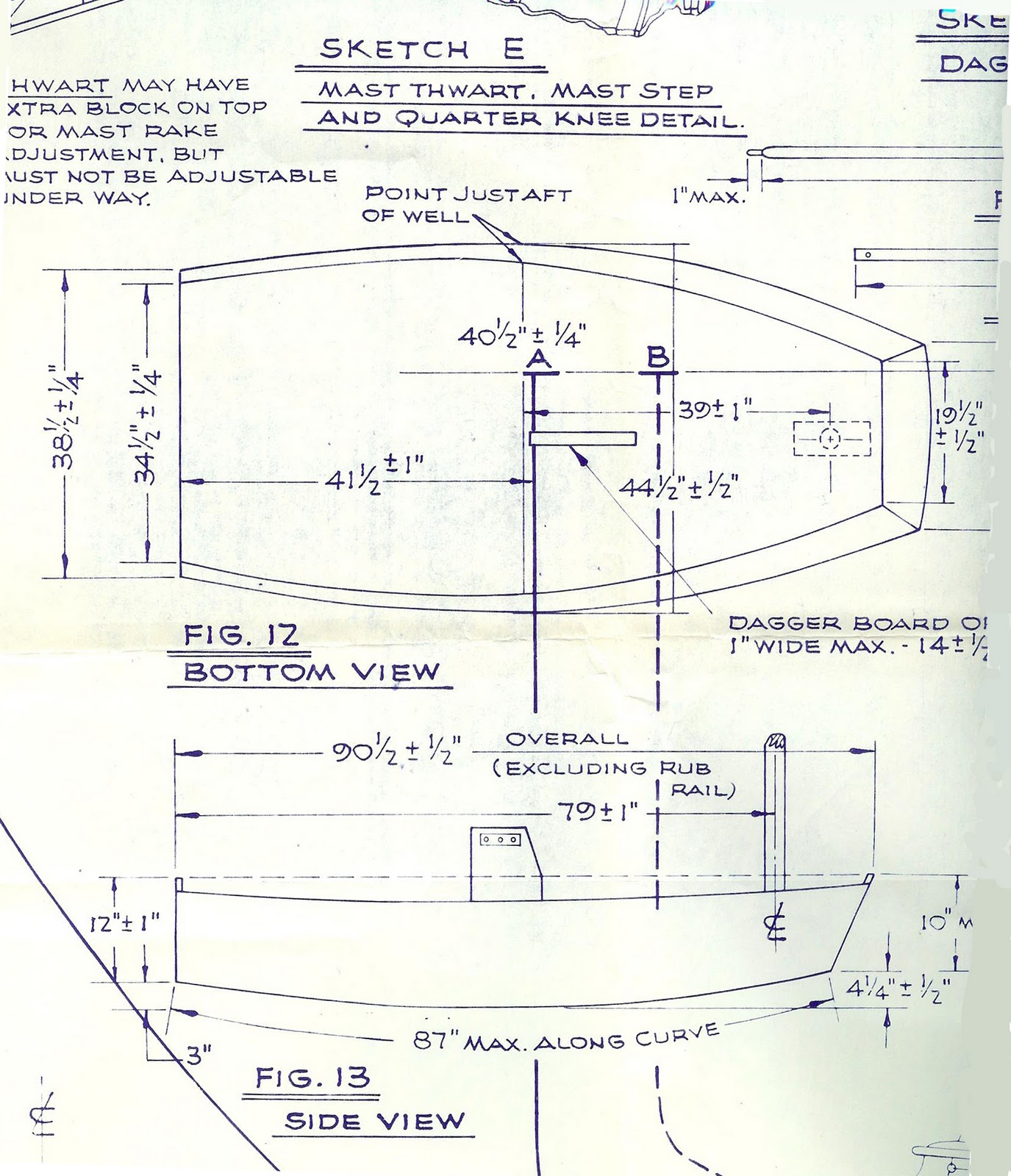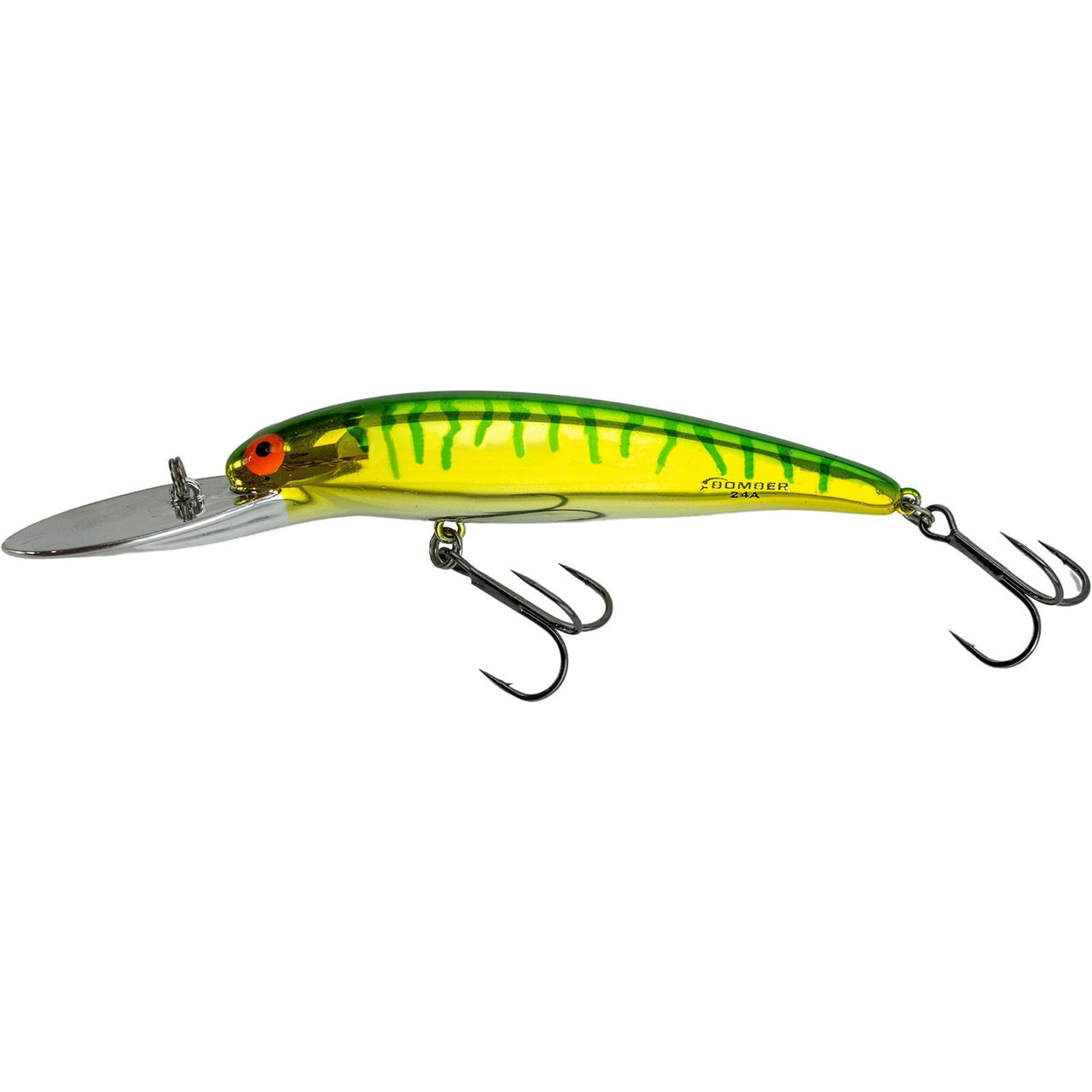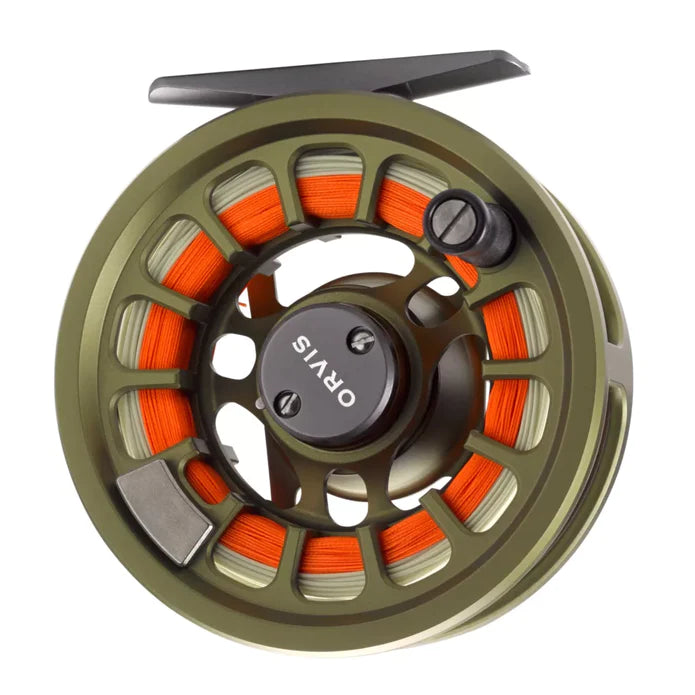JFMK, Free Full-Text

The aim of this study was to analyse the variables that determine the performance of the Optimist class during a regatta in different wind conditions. A total of 203 elite sailors of the Optimist class (121 boys and 82 girls) participated in the study. According to their ranking in the regatta, the sample was divided into four performance groups. In a regatta with 11 races, the velocity made good (VMG), the distance and the manoeuvres were evaluated by means of GNSS equipment in three different courses. The boys performed a greater number of upwind and running manoeuvres than the girls. The very-low-level sailors obtained a lower VMG in all the courses analysed compared with the rest of the groups of sailors of higher levels. Upwind manoeuvres, broad reach and running VMG were significant variables for establishing differences in performance level when the wind speed was in a range of 5 to ≤8 knots. When the wind speed was in the >8 to ≤12 knot range, upwind distance was the key variable in determining performance differences. VMG, upwind and broad reach distance and broad reach manoeuvres were the most important variables when the wind speed was in the >12 to 15 knots range. The boys performed more manoeuvres than the girls in the upwind and running courses.

JFMK, Free Full-Text
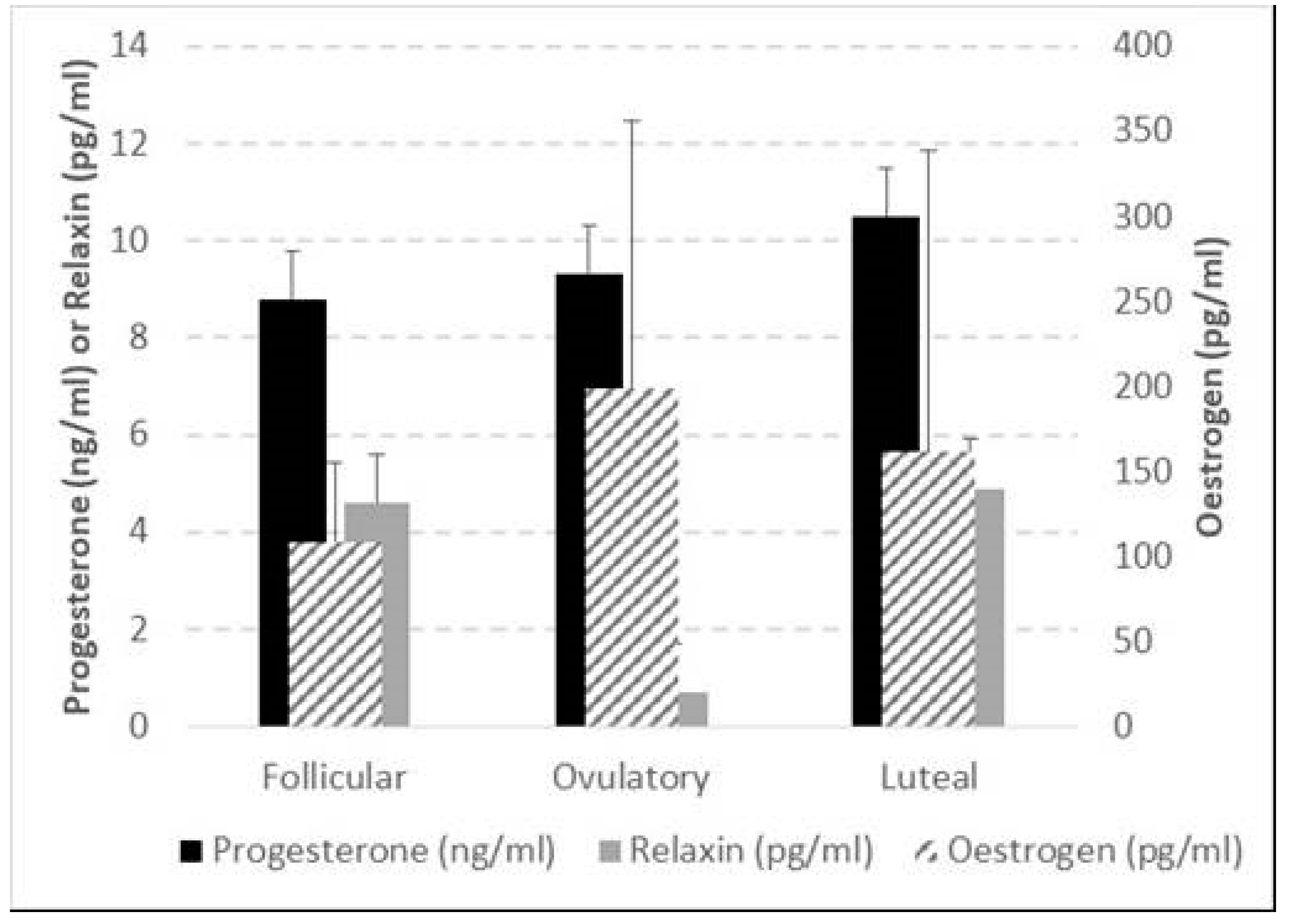
JFMK, Free Full-Text
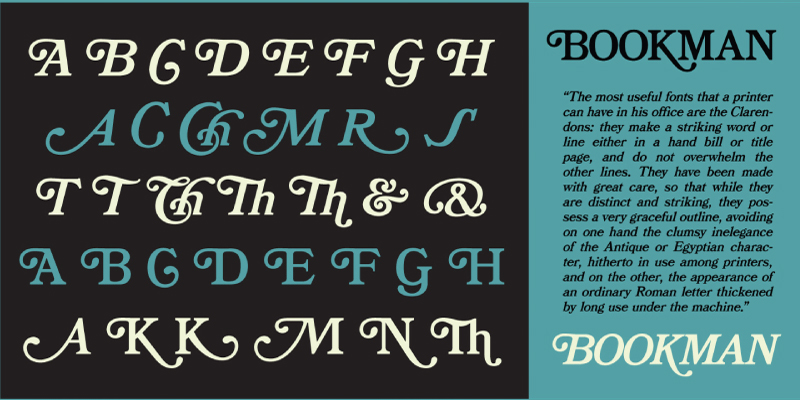
Bookman JF Adobe Fonts

Kensmark 03 Free Font by FONTSrepo on Dribbble
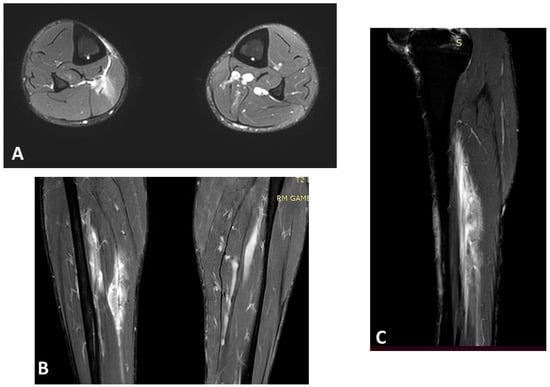
JFMK, Free Full-Text, ankle fracture
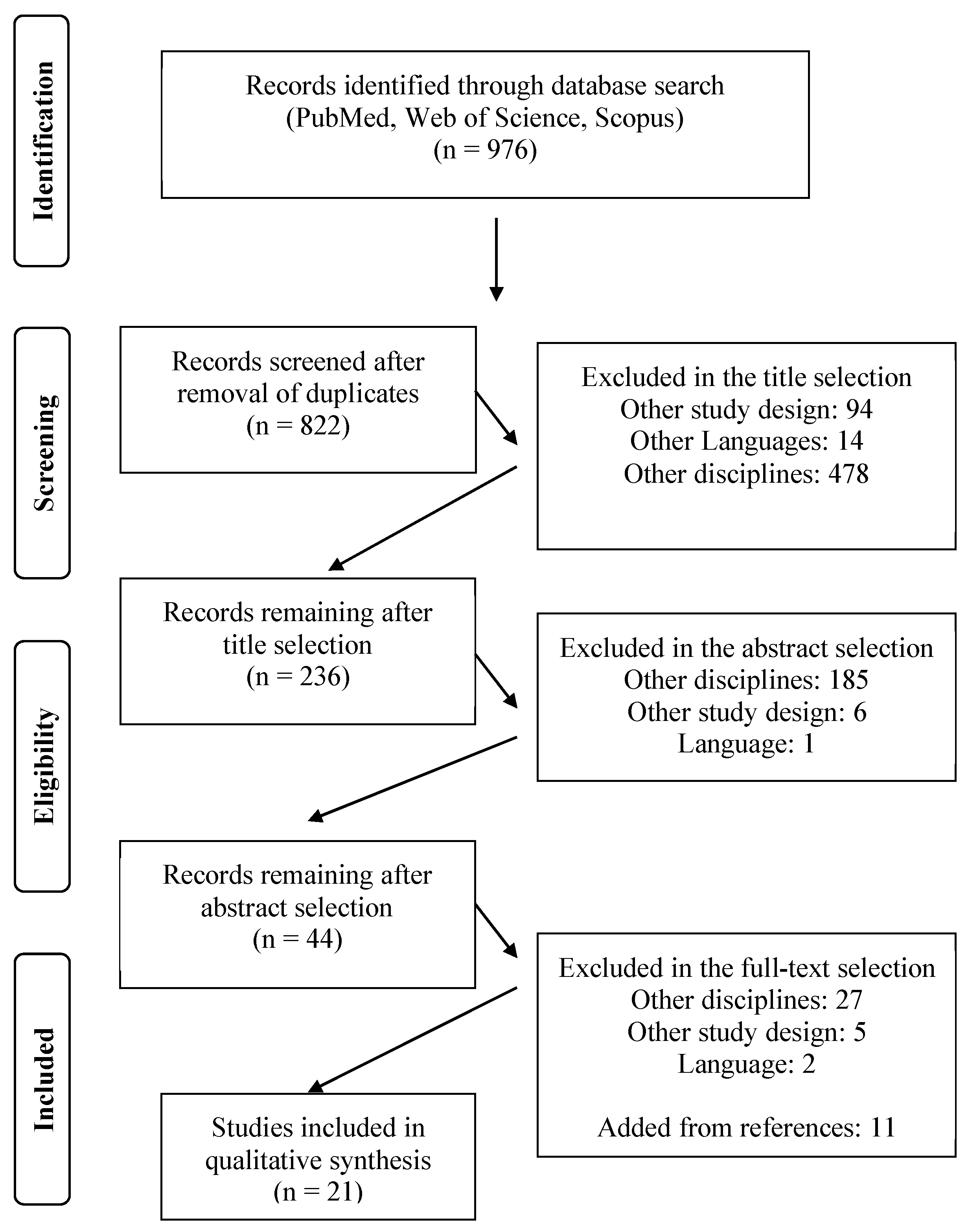
JFMK, Free Full-Text, double d breast

JFMK, Free Full-Text
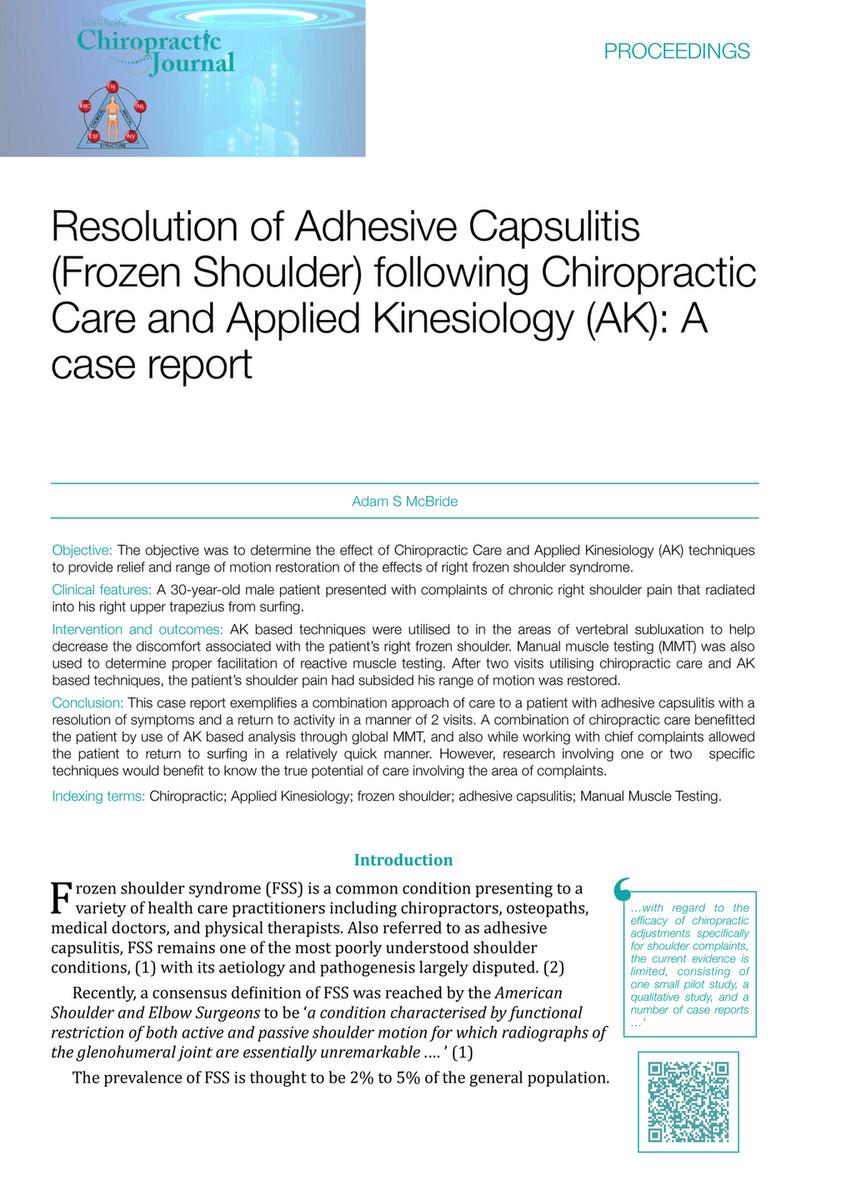
AK Proceedings Papers Asia-Pacific Chiropractic Journal

JFMK, Free Full-Text
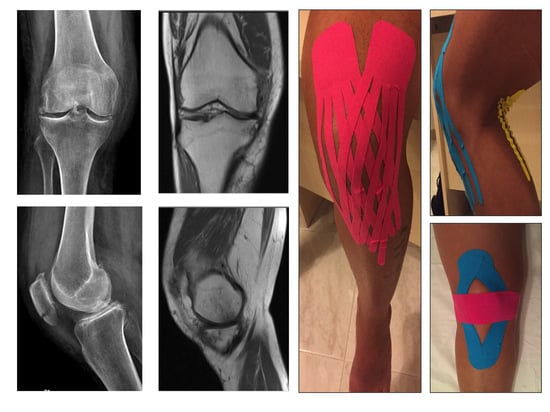
Horizontal Photo Of A Male Cyclist With Kinesio Tape On His, 44% OFF

Bookman JF Adobe Fonts
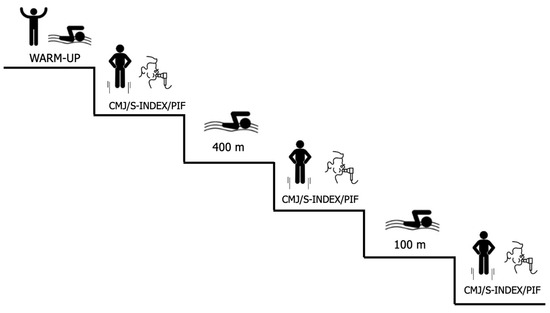
Journal of Functional Morphology and Kinesiology
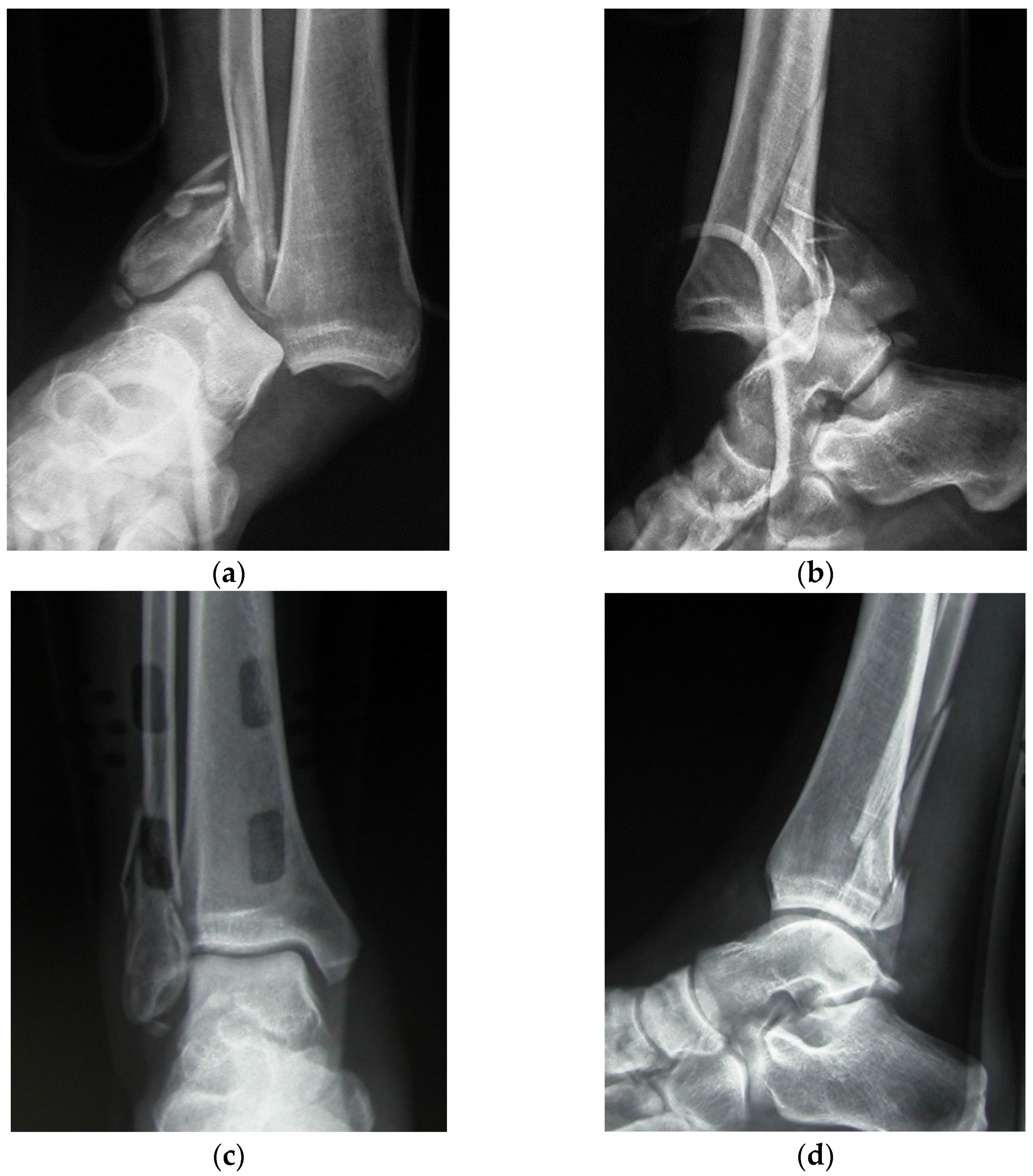
JFMK, Free Full-Text, ankle fracture
